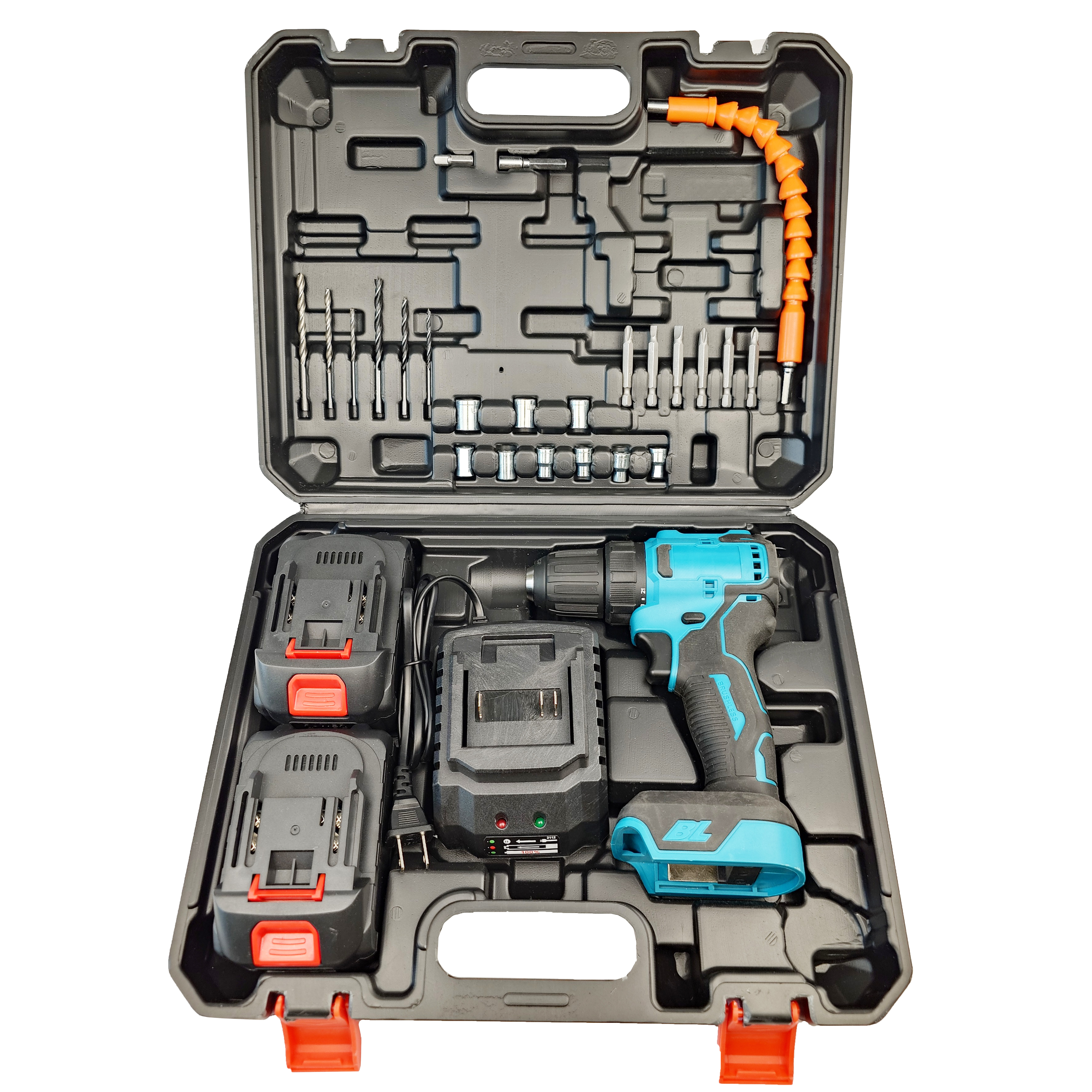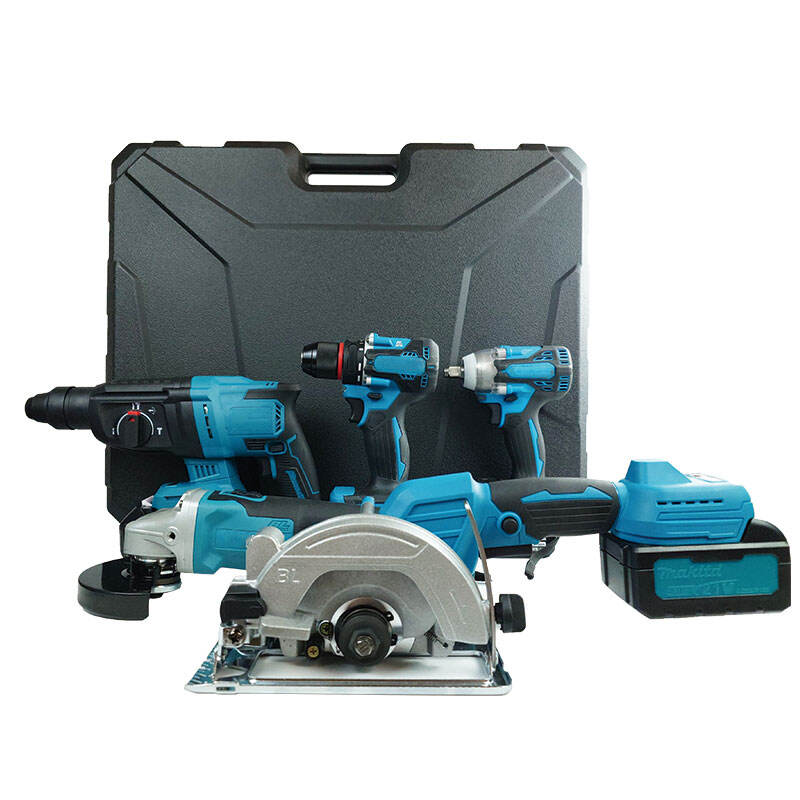power tools price
Power tools pricing represents a crucial consideration for both professionals and DIY enthusiasts seeking to make informed purchasing decisions. The current market offers a wide spectrum of prices, reflecting various factors including brand reputation, build quality, technological features, and intended usage. Entry-level power tools typically range from $50 to $200, providing basic functionality suitable for occasional home use. Mid-range options, priced between $200 and $500, offer enhanced durability, superior performance, and advanced features such as brushless motors and smart connectivity. Premium power tools, ranging from $500 to $1,500 or more, incorporate cutting-edge technology, professional-grade components, and comprehensive warranty coverage. The pricing structure often correlates with battery technology, with higher-priced tools featuring more advanced lithium-ion batteries offering extended runtime and faster charging capabilities. Modern power tools across all price points increasingly include features like LED work lights, ergonomic designs, and variable speed controls, though the quality and sophistication of these features typically align with their price point.


